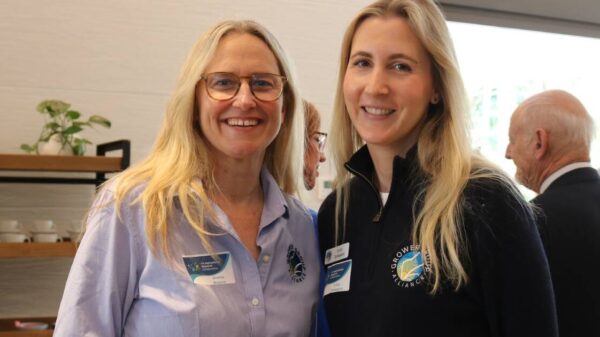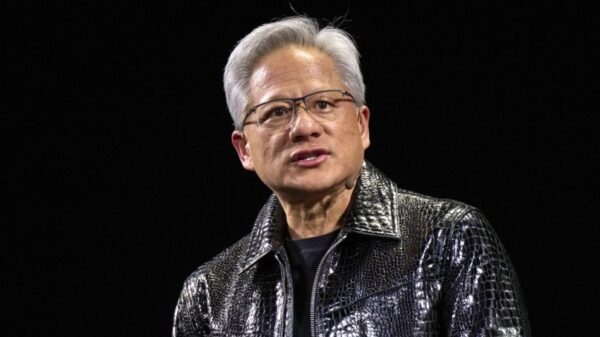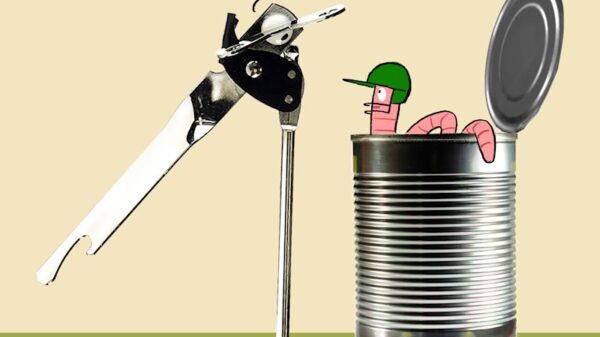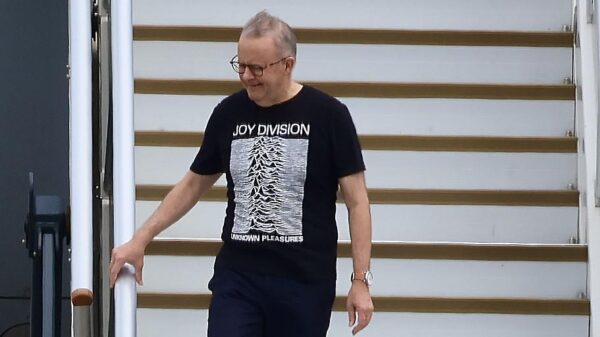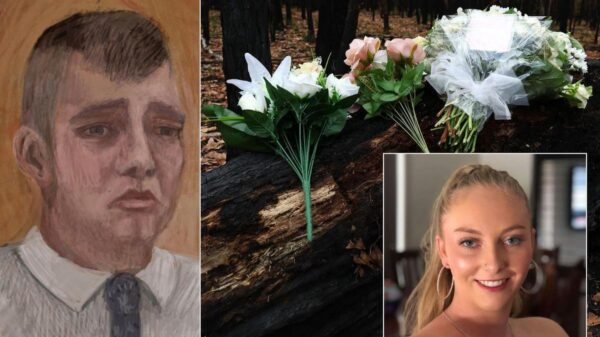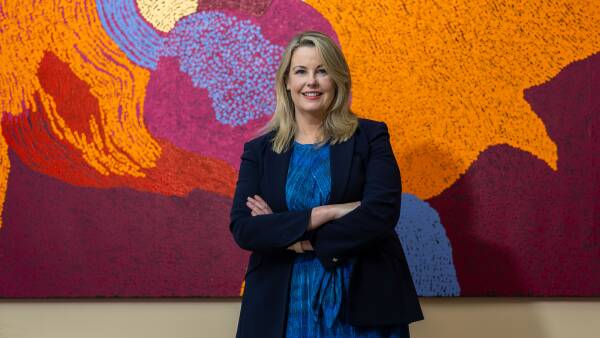In her first month as the interim vice-chancellor of the Australian National University (ANU), Rebekah Brown has outlined a comprehensive agenda focused on addressing financial challenges, restructuring university operations, and stabilizing the College of Arts and Social Sciences (CASS). This initiative, which aims to mitigate staff redundancies while enhancing academic and administrative frameworks, marks a significant shift in the institution’s strategic direction.
The Renew ANU initiative, which initially aimed at reducing staffing costs, is set to conclude. Brown emphasized that while some restructuring has already taken place, the university will complete all pending change proposals without any forced redundancies. “Our goal is to support teaching, research, management, and business operations while bringing professional services to the college level,” she stated, highlighting the ongoing efforts within CASS and other colleges.
The College of Science and Medicine has already implemented its reform strategy, releasing an implementation plan on October 16. In the first round of voluntary redundancies, 53 individuals departed, and an additional 14 employees were offered redundancies in the second round, pending acceptance. The new approach will not proceed with 17 planned forced redundancies, and seven currently vacant roles will be disestablished as part of the restructuring.
Brown has indicated that the plan for CASS is expected to be finalized by the end of the year. Elements of the proposed changes, including the renaming of schools, will be extracted from the implementation strategy. “Future changes to academic structures will be co-designed with staff after the development of the new university strategic plan,” she noted, underscoring a collaborative approach to governance.
The broader university strategy is anticipated to begin in 2025 and extend into 2026. While Brown could not guarantee completion by year-end, she expressed confidence in the timeline, stating, “I don’t want to see any major architectural academic changes until we’ve co-designed our next strategy.”
Acknowledging the complexities of transitioning into her role, Brown stated there would be no retribution for staff involved in the Renew ANU process prior to her appointment. “Everyone worked in good faith and to the best of their ability. There are cultural and relational consequences, and I’m aware of the impact on our community,” she said, emphasizing her commitment to fostering a supportive environment.
Before assuming the interim vice-chancellor role in September, Brown served as ANU’s provost, overseeing the university’s academic vision. She will manage both positions until a permanent vice-chancellor is appointed, with her tenure expected to last until the end of 2026, although specific terms are still under discussion.
At a recent community meeting, Brown announced plans for swift assessments in four key areas: finances, culture and morale, governance and reputation, and academic productivity. “We have already initiated these stocktakes, and I aim to complete them before the year’s end,” she explained.
Earlier in the year, ANU projected a deficit of $100 million. However, Brown indicated that current assessments suggest the university is unlikely to approach this figure. “Once we’ve completed these evaluations, I will be in a stronger position to provide clarity regarding our financial outlook,” she added.
The response to Brown’s leadership has been largely positive, with her expressing gratitude for the overwhelming support she has received from various sectors of the university community. “I appreciate the encouragement and assistance that has been offered to me during this challenging transition,” she remarked.
Currently, her focus remains on fulfilling her dual responsibilities as interim vice-chancellor and provost. When asked about her aspirations for a permanent vice-chancellor role, Brown stated, “I am concentrating on my current duties and do not have the capacity to consider that right now.”


